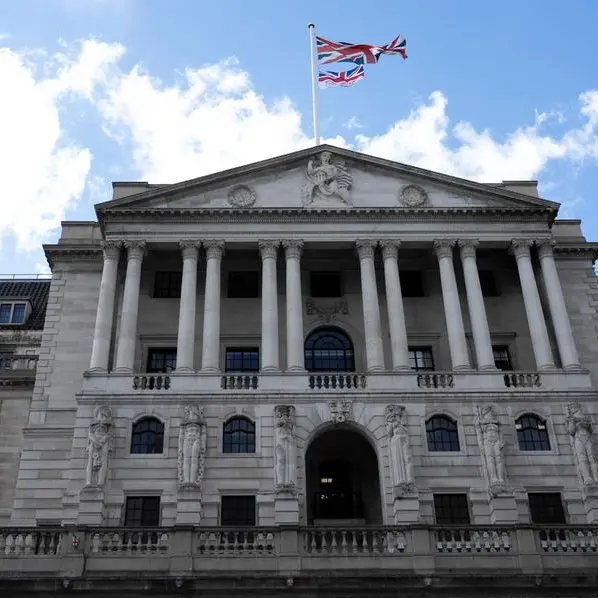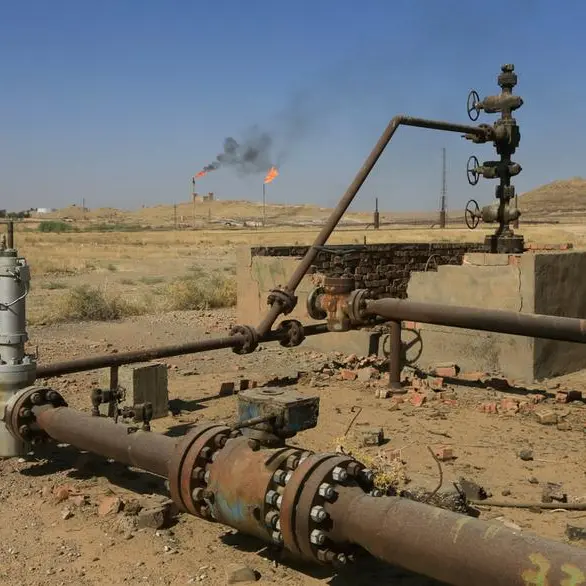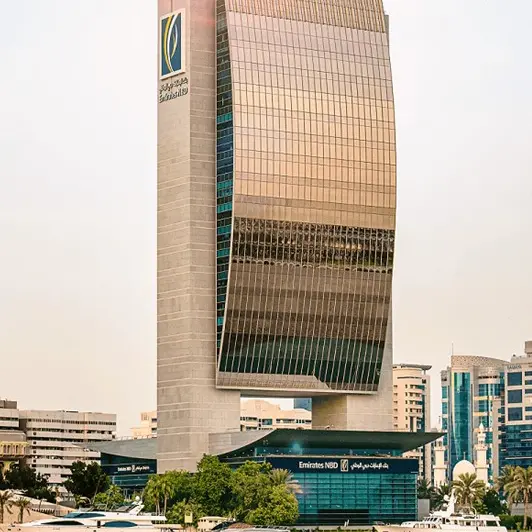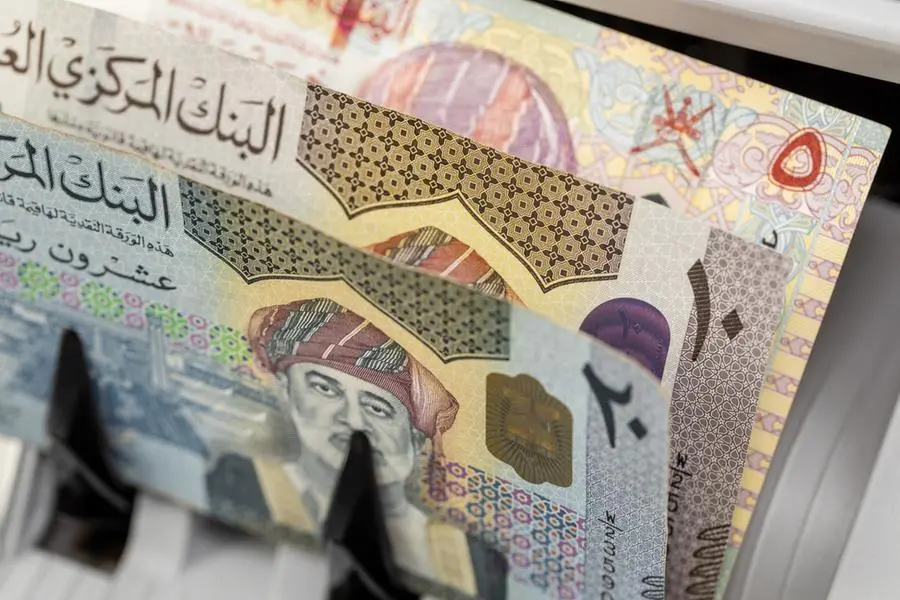The latest UAE Central Bank Statistical Bulletin (May 2019) provides a snapshot of quarterly lending provided by the banking system to various sectors. In searching for where to invest, one tool could be following where the banks are providing credit. The idea is simple - sectors receiving greater credit will have an advantage over sectors that don’t. This statistic cannot be relied on solely, but is one tool worthy of looking at.
The statistical bulletin provides quarterly numbers up to March 2019. Some of the swings are quite large and I will look at the difference of Q1 2019 over Q4 2018 and the different ways that they might be interpreted.
Construction
The construction sector shows the largest drop of -10.57%. Regardless of one’s view of the overall real estate sector, the continued construction seen in the UAE and in the largest cities of Abu Dhabi and Dubai in particular, the drop in credit seems at odds with the actual construction going on. One might be hesitant to therefore view the construction sector as a whole as shrinking given the large drop in credit over Q1 2019. So what might be going on?
There are two main ideas that I can think of to reconcile the drop in credit to the construction sector and the actual total construction going on.
The first idea relates to the tenor and structure of loans to the construction sector. Loans are usually only drawn down after the equity part of the construction has been spent. These loans are usually amortised, i.e. the payment instalments include a portion of the principal of the loan. At the beginning of the drawdown the principal is at its highest level, so the instalments are mostly interest with a little bit of the principal paid off. Over time, as more of the principal is paid off, the interest component automatically drops and the principal is paid off at a faster rate. This means that even if banks maintain their total allocation of lending to the construction sector, the repayment structure sees an acceleration of principal payments towards the end of the construction, which leads to a drop in total credit.
The second idea has to do with write offs, of which the contractor Drake & Scull (DSI) provides a good example. For the financial year 2018, DSI wrote off approximately 2.2 billion dirhams ($586.7 million) worth of customer receivables. This write-off will make its way back to DSI’s creditors, not least because DSI’s equity as of end of 2018 was negative at -4.7 billion dirhams. It would seem unlikely that creditors, including banks, would get all of their money back. The write-offs would immediately hit total credit mounts to the sector.
Oil, the economy and investments
So does this mean that the construction sector is a no-go sector for investors? Possibly. But I believe that where there is disruption, there are opportunities. The UAE, as with all other oil exporters, is experiencing a restructuring of its economy given the realities of where oil prices are and might be in the future. As with any restructuring, be it a business or the whole economy, there are two major themes.
The first theme is rightsizing the economy to the new reality. It seems logical that with the almost 50 percent drop in oil prices in late 2014, and the volatility surrounding it, that the economic base is not sustainable. This leads to the need for consolidation, as we have seen with FGB / NBAD and subsequently the ADCB / UNB / Al Hilal bank mergers. But rightsizing is only the first step, which leads to the important second theme.
The second theme is economic growth. The restructuring phase is temporary, but once the economy is the right size and structure, growth will probably resume with vigour. The UAE has shown itself resilient and able to grow at various oil prices over the last four decades. In the mid-1980’s oil hit $10 per barrel. There is a strong history of government policy and business acumen that has always returned us to strong growth. This is where the money is to be made.
So should investors wait out the restructuring period and wait for growth to return? For the more risk-averse investor this makes sense. However, for investors with the skill to understand the details of various sectors, it might make sense to try and pick out the winners from now and scale in.
As an example, the construction sector, from a credit perspective, is in for some challenges and needs consolidation. But it is important to understand that consolidation does not necessarily mean mergers. The consolidation of a market simply means that one or more market players start taking a larger share of the market. This can happen with mergers, but it also can happen with market players dropping out of the market. A close analysis of, e.g., the construction sector should show which construction companies are stronger relative to others, even if they might be facing challenges at the moment. The stronger and more flexible construction companies will survive and consolidate their market position. Not only that, these companies will most likely be more efficient and therefore have better margins when the strong growth returns.
Investors therefore need to take a mosaic approach to their analysis and in particular differentiate between the economy, a sector, and a business.
Retail
On the retail side, bank lending to the retail trade was up 7.61%. This might lead one to believe that this is a strong sector. I’ll briefly present two opposing themes to consider.
The first is that the increase is not fund growth in working capital needs due to growth in revenue, but to fund growth in working capital needs due to a lengthening of the cash conversion cycle. This is not good.
The second theme is to consider personal loans for consumption purposes. Growth in credit is about flat. But with all the layoffs announced, with ADNOC’s 5,000 announced a couple of years ago and ADCB’s 2,000 just recently announced, this could point to an effective increase in buying power per capita since there are fewer borrowers.
Again, how can we reconcile this? Here, it could be the structure of retail changing, with buyers moving from high-end luxury goods to more mainstream goods, then it would make sense for retailers to restructure to the changing demand. Again, the mosaic picture.
Disclaimer
I want to reiterate that these statistics are simply one possible part of the investment process. For example, lending to the paper and paper products sector jumped 12.84% in Q1 2019. I have no idea what that means. Perhaps more people are ordering delivery rather than going out for meals?
Any opinions expressed here are the author’s own.
Disclaimer: This article is provided for informational purposes only. The content does not provide tax, legal or investment advice or opinion regarding the suitability, value or profitability of any particular security, portfolio or investment strategy. Read our full disclaimer policy here.





















